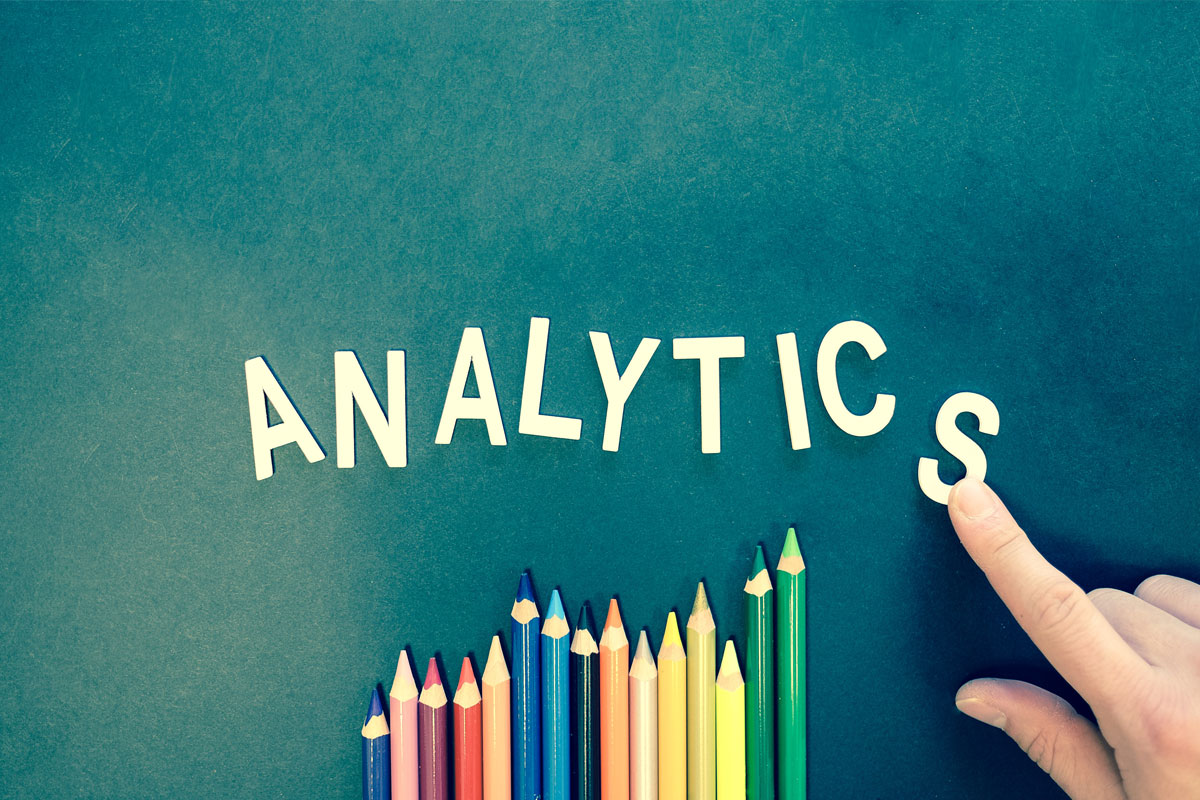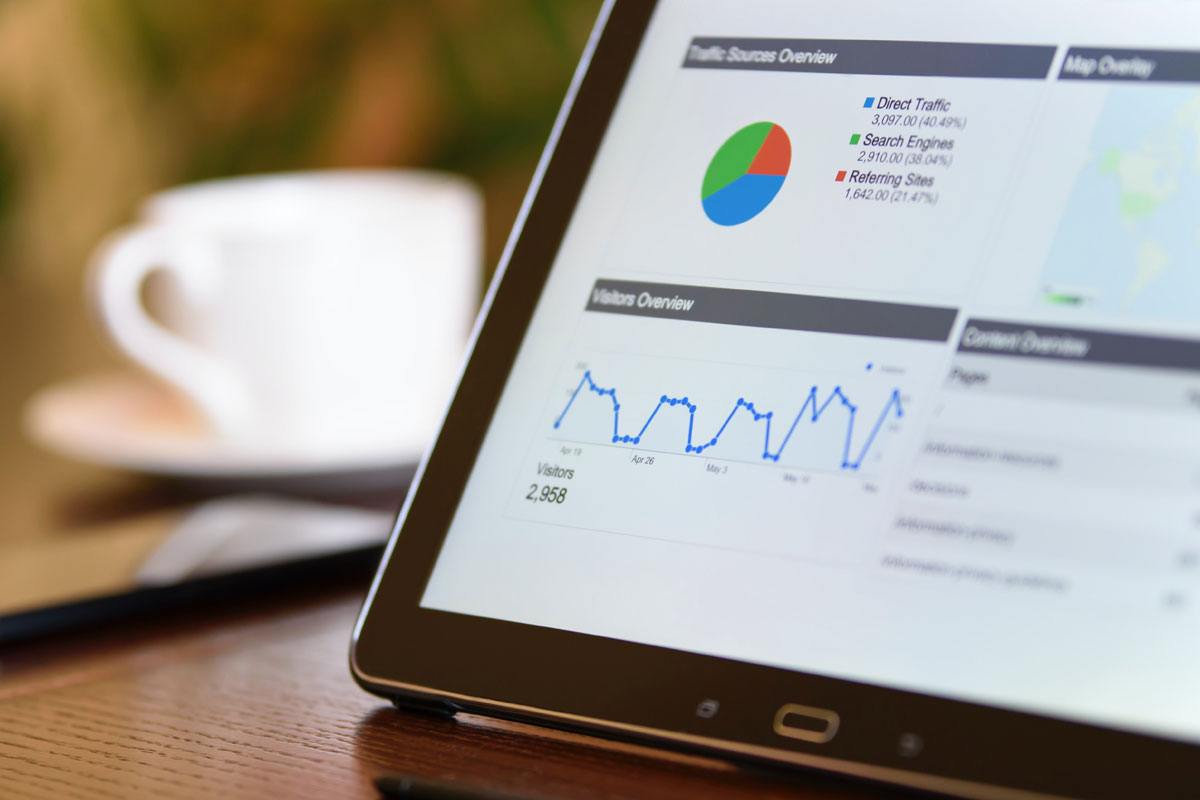The digital analytics world has been abuzz with the shift from Google Analytics 3 (GA3), or Universal Analytics, to Google Analytics 4 (GA4) – a significant technological advancement that was officially launched in October 2020. GA4 heralds a new era of data analytics, designed to meet the evolving needs of businesses navigating the digital landscape in the 21st century.
However, the shift from GA3 to GA4 involves more than just adopting new tools. It requires adapting to a fundamentally different system. The collection of data through GA3 will come to a halt on July 1, 2023, and the data will be inaccessible after January 1, 2024. The countdown has begun, and it’s crucial to prepare for this transition.
GA4 offers a modern, flexible platform that presents a comprehensive approach to tracking and analyzing user interactions on websites and mobile apps. It’s specifically designed to address challenges related to cross-platform browsing, machine learning, and privacy concerns, which made Universal Analytics less effective in today’s digital world.
One of the salient differences between GA3 and GA4 is the transformation from ‘hit-based’ to ‘event-based’ tracking. In GA3, interactions were tracked as ‘hits’, each representing a single interaction between a user and a website or app. However, GA4 classifies each interaction as an event, enabling a more detailed view of user behavior. This event-based tracking provides businesses with a flexible, comprehensive view of user interactions, thereby equipping them to create more effective marketing strategies.
Despite the advanced features that GA4 offers, its departure from GA3 means businesses must brace themselves for significant adjustments.
A critical change lies in attribution modeling. GA3 used a default last-click attribution model, which attributed the credit for a conversion to the last channel a user interacted with before converting. Conversely, GA4 has removed all attribution models except for last-click and data-driven attribution. This change, while reflecting Google’s belief that rule-based models lack the flexibility and accuracy to handle today’s complex buying journeys, has led to concerns about data collection and loss of tracking visibility. This has prompted some marketers to consider third-party attribution platforms.
Changes are also afoot in the realm of session calculations. In GA3, a session would expire if no new activity was tracked within 30 minutes of the last ‘hit’. GA4 calculates session duration as the time elapsed between the first and last event, and a session can start with or without a page view. This change results from GA4’s event-based nature, marking a departure from GA3’s hit-based system.
Furthermore, GA4 replaces the concept of ‘bounce rate’ in GA3 with ‘engagement rate’. The bounce rate in GA3 was the percentage of sessions that did not have a second interaction hit. GA4, however, measures engagement rate based on stricter rules: a session is considered engaged if a user has 2+ page views, a conversion, or if they meet a certain time threshold. In GA4, bounce rate is redefined as 1 minus the engagement rate.
In addition, GA4 introduces new dimensions like ‘active users’ and ‘session engagement time’, providing a deeper understanding of user behavior. For example, ‘session engagement time’ measures the time a user actively has your website in the foreground, distinguishing between active engagement and background browsing.
Transitioning from GA3 to GA4 is a significant task that involves understanding and adapting to these new functionalities and concepts. It’s a critical step to ensure your business is equipped with the most advanced tools for digital analytics. We understand these challenges and as a digital agency, we’re prepared to offer our expertise and support to help younavigate this migration successfully. With our knowledge and experience in digital analytics, we can help your business smoothly transition from GA3 to GA4, ensuring you’re ready for the future of analytics.



